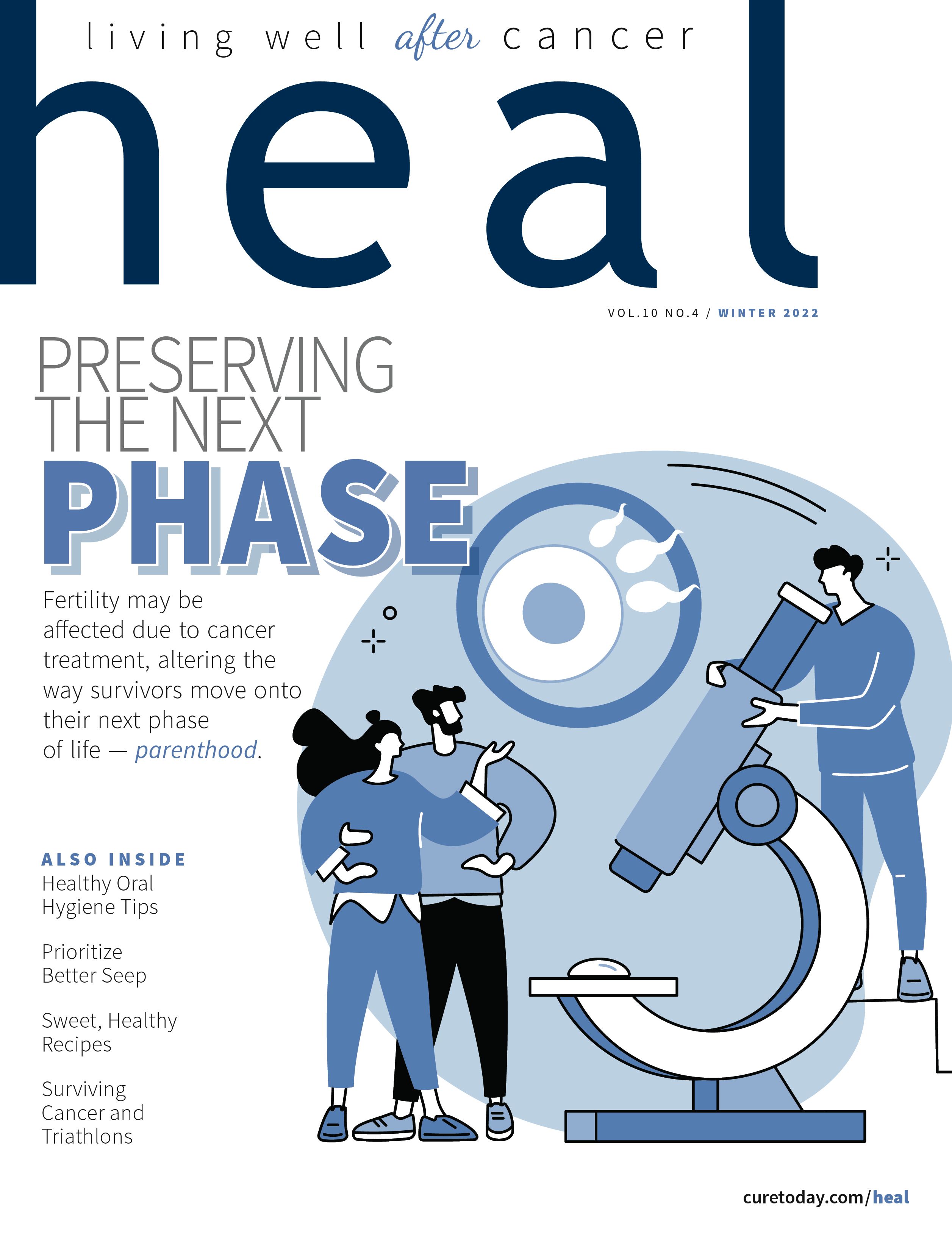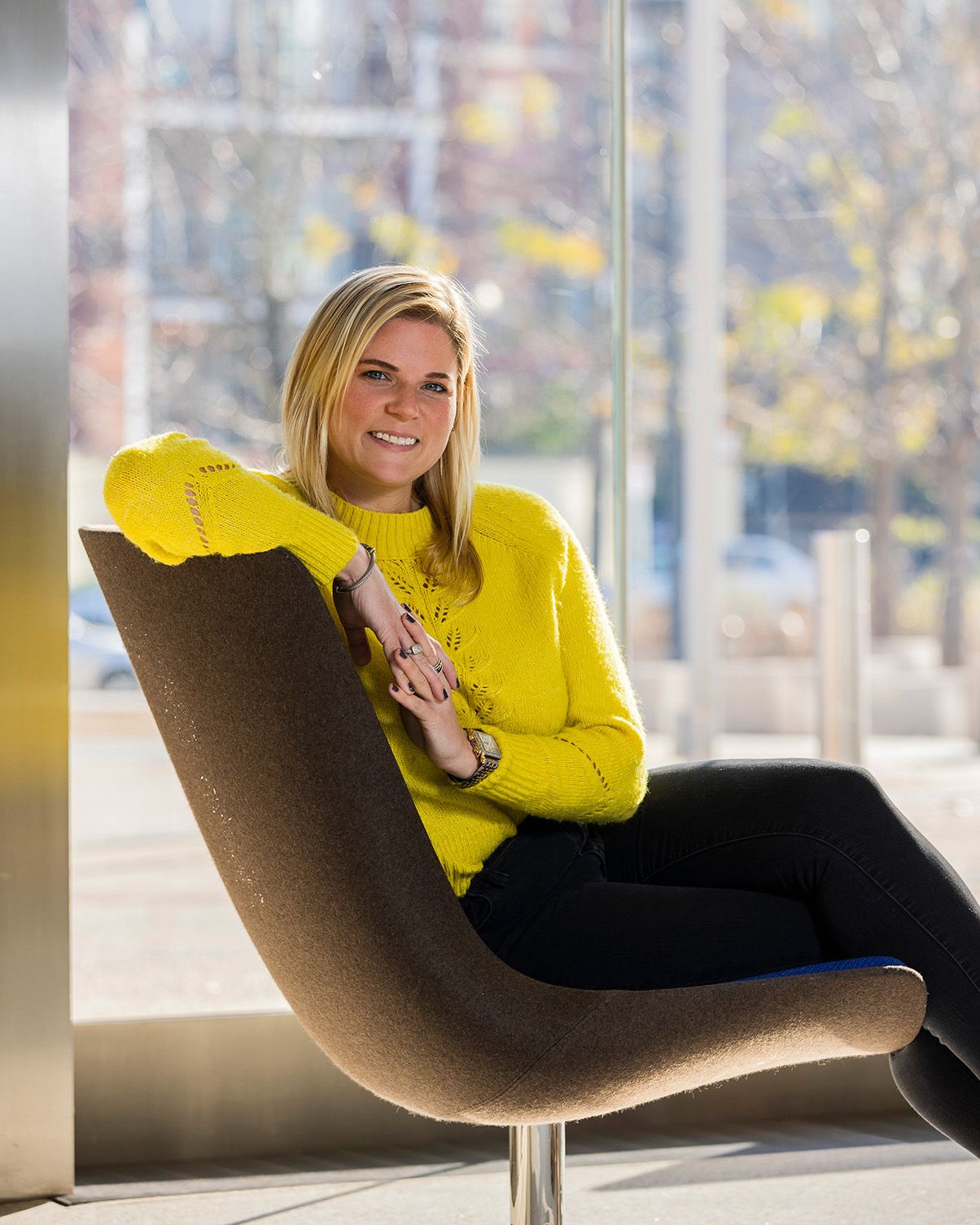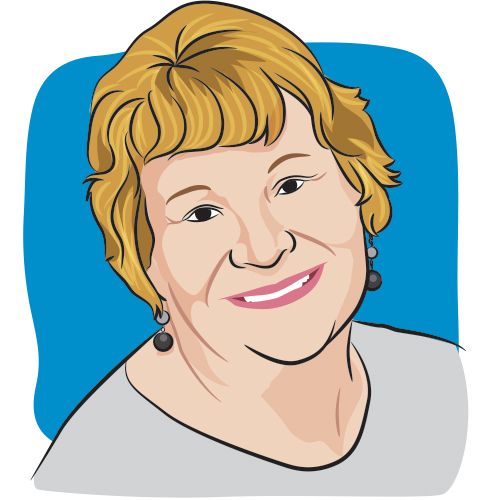Publication
Article
Heal
Finding the Right Cancer-Related Information
Author(s):
The internet is flooded with information for cancer survivors, and it is vital they recognize the reliable sources from those that are not.
Most videos on YouTube about cancer rehabilitation were of low quality and did not provide sufficient information for cancer survivors, according to a recent study. The research highlights the need for survivors to better understand how to find reliable, personalized sources.
The study, which was published in the Journal of Cancer Survivorship, investigated the quality, reliability and accuracy of cancer rehabilitation videos on YouTube. Researchers used the keywords “cancer rehabilitation” and “oncology rehabilitation,” and 53 of the first 200 videos met criteria
of high quality and reliability — most others were of low quality.
Of note, high-quality videos ran longer, had more views and scored higher on reliability.
Heal® spoke with Nicole Reilley Dosey, network manager of outpatient therapy services, including oncology rehab, lymphedema and pelvic health services, at Allegheny Health Network in Jefferson Hills, Pennsylvania, about the challenges cancer survivors face when searching for beneficial, reliable resources on the internet.
“There is a variety of information out there covering a lot of different perspectives, from the patient’s experiences to professional advice,” she said. “When doing my own research, the biggest concern was reliable sources with good content.”
It can be challenging for cancer survivors to search YouTube and Google to find a video or article that is reliable, informative and tailored to their needs. Reilley Dosey noted that not every video on the internet is for every cancer survivor, and rehabilitation or exercise therapy is often tailored to specific side effects, treatments or diagnoses.
Prior to researching online, cancer survivors should better understand what they are looking for. If they want exercises to help with lymphedema (swelling, usually of the arms and legs), then that should be the search term — not just “cancer rehabilitation,” which can lead anywhere and may not be beneficial.
“We like to make (cancer rehabilitation) individualized,” she explained. “Such as what was the person’s level (of exercise) before, where are they in the spectrum of survivorship, what are their goals. So it does become challenging for the patient to deter- mine what direction to go and what resources to look for.”
Although not everything online is untrustworthy or dangerous, cancer survivors should be cautious and understand what is dependable versus what is not. Reilley Dosey highlighted that some of the most reliable informa- tion comes from reputable institutions — cancer centers, hospitals, survivorship clinics and advocacy groups.
It is also important for survivors to talk with their care team about what rehabilitation they should be doing, so they can better know what to look for in their search — the care team should be able to offer resources as well.
“One of the best resources is your local cancer center, to find out if they offer oncology rehabilitation or oncology exercise programs,” she concluded. “When getting started with an exercise program, having a health care profes- sional trained in oncology exercise will help you obtain better outcomes. Support groups are another great resource. There are so many platforms today from in-person to virtual that offer valuable information and programs.
Do your research, but don’t wait; go out there and start moving.”
For more news on cancer updates, research and education, don’t forget to subscribe to CURE®’s newsletters here.

2 Commerce Drive
Cranbury, NJ 08512
All rights reserved.





